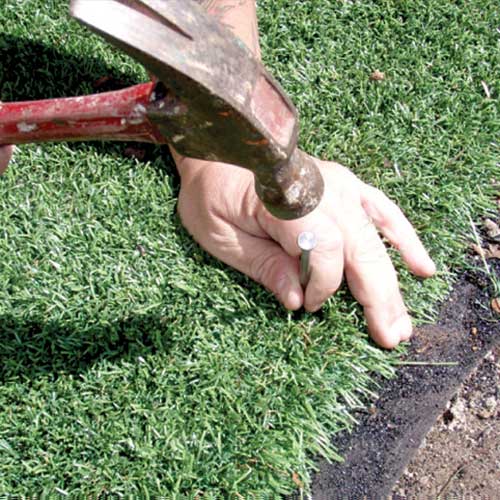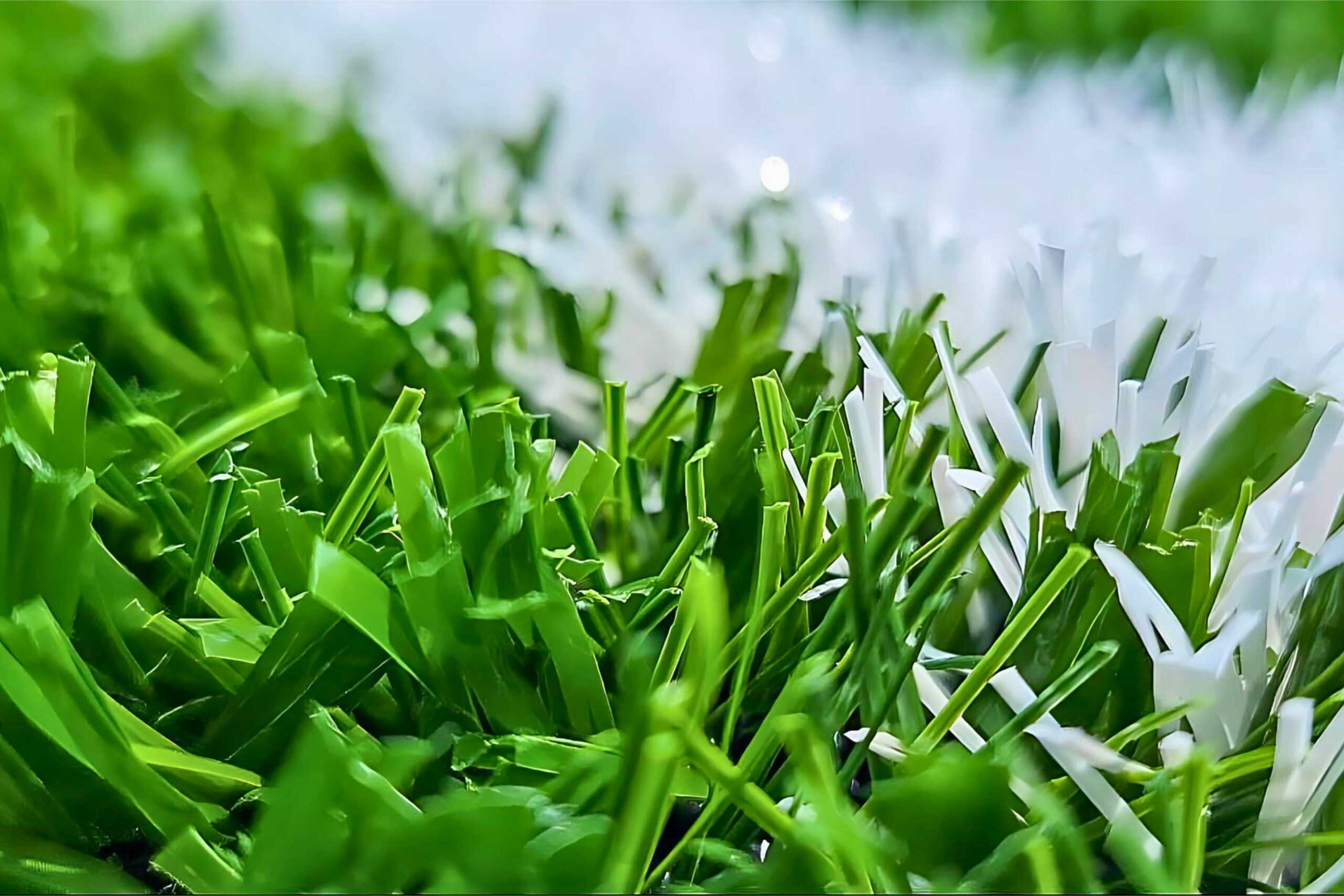Premium Arizona Turf Installation Solutions for Homes and Commercial Properties
Premium Arizona Turf Installation Solutions for Homes and Commercial Properties
Blog Article
Explore the Environmental Conveniences of Opting for Artificial Lawn Solutions
The adoption of fabricated lawn remedies presents an engaging possibility to resolve pushing environmental challenges. By considerably minimizing water usage and lessening the application of hazardous chemicals, these options not just advertise lasting landscaping but also safeguard regional communities.
Water Preservation Conveniences
One of the most considerable advantages of synthetic grass is its capacity to preserve water. In comparison, synthetic grass does not require watering, dramatically lowering the total demand for water resources.
By eliminating the need for routine watering, synthetic grass adds to sustainable landscape techniques and helps minimize the environmental influence of excessive water usage. The preservation of water extends to the decrease of drainage, which can lead to soil disintegration and river contamination.
In addition, the installment of synthetic grass allows property owners and districts to designate water sources much more effectively, concentrating on vital usages such as drinking water and farming. The shift in the direction of synthetic grass not only promotes accountable water use but likewise lines up with more comprehensive environmental goals targeted at protecting natural sources.
As areas increasingly prioritize sustainability, the water conservation benefits of synthetic grass offer a compelling case for its adoption in household and commercial landscape design tasks.
Decreased Chemical Use
The transition to synthetic grass significantly reduces the reliance on chemical therapies typically used in natural yard upkeep. Typical lawn monitoring generally involves the application of fertilizers, herbicides, and chemicals to advertise development and control insects. These chemicals can position risks to human wellness, neighborhood wildlife, and the environment, adding to dirt and water contamination.
In comparison, fabricated grass eliminates the demand for these dangerous compounds. By minimizing the launch of synthetic substances right into the community, fabricated turf promotes much healthier dirt and water systems.
Moreover, the absence of chemical drainage related to artificial grass installations assists shield local waterways from air pollution, supporting water life and keeping biodiversity. Turf installation phoenix az. As neighborhoods significantly prioritize sustainable methods, going with synthetic grass offers a viable remedy that lines up with environmental conservation objectives. Via this change, homeowner can enjoy rich eco-friendly rooms without endangering ecological health, paving the method for a much more lasting future
Reduced Carbon Impact

Moreover, the installment of synthetic grass can result in considerable water conservation. All-natural grass call for substantial quantities of water for watering, which not just includes to the carbon impact related to water extraction and treatment but likewise stress neighborhood water sources. On the other hand, synthetic grass requires marginal upkeep, requiring no watering, thus dramatically lowering water usage news and its connected energy expenses.
Additionally, the longevity of synthetic turf contributes to its decreased carbon effect. With a life-span of approximately 15 years or even more, the requirement for constant replacements is decreased, leading to less waste and lower power intake in production and taking care of standard lawn options. In general, synthetic grass offers a lasting option for environmentally aware landscape design.
Habitat Preservation
Environment preservation is a vital consideration in the debate over landscape design options, particularly when contrasting synthetic grass to all-natural turf. Natural lawn lawns frequently call for extensive maintenance, consisting of using herbicides, plant foods, and pesticides, which can detrimentally impact neighborhood environments. These chemicals can leach right into the soil and rivers, harming indigenous vegetation and fauna and disrupting regional habitats.
Artificial turf eliminates the need for harmful chemicals, thus securing close-by wildlife and preserving the integrity of surrounding communities. The setup of click reference synthetic turf can lead to the conversion of former grass areas right into more biodiverse landscapes, such as pollinator gardens or native plant areas, which can sustain neighborhood wild animals.
Inevitably, the change to fabricated lawn not just saves water and decreases maintenance efforts but also fosters an extra unified connection between human activities and the natural surroundings, advertising environment preservation while doing so.
Long-Term Sustainability
Long-lasting sustainability is a vital consider examining the advantages of artificial lawn over standard turf lawns. One of one of the most significant benefits of synthetic grass is its longevity; it can last as much as 15-20 years with very little upkeep, whereas natural lawn needs frequent reseeding and substitute. This durability minimizes the demand for continuous resources, such as water, fertilizers, and pesticides, which are crucial for preserving a healthy turf lawn.
Additionally, fabricated turf adds to a decrease in carbon emissions connected with yard treatment devices. Traditional lawns usually need gas-powered lawn mowers, trimmers, and blowers, all of which add to air contamination. Phoenix turf companies. In comparison, synthetic grass eliminates the demand for such devices, advertising a cleaner environment
Additionally, the manufacturing of man-made turf significantly utilizes wikipedia reference recycled materials, improving its sustainability account. As makers adopt green methods, the ecological impact of synthetic lawn remains to decrease.

Verdict
The adoption of artificial lawn solutions offers significant ecological advantages, consisting of considerable water conservation, minimized reliance on harmful chemicals, and a reduced carbon impact. In addition, man-made turf aids in maintaining natural environments by lessening land disturbance and promoting lasting sustainability through using resilient products. Jointly, these factors highlight the possibility of synthetic lawn to contribute positively to environmental wellness and supply a practical choice to traditional landscaping methods in an increasingly resource-conscious world.
In comparison, fabricated turf does not need watering, substantially lowering the overall need for water sources. By decreasing the release of synthetic compounds into the ecological community, artificial turf promotes healthier soil and water systems.
In addition, the installation of artificial turf can result in substantial water conservation. In contrast, synthetic grass needs minimal maintenance, calling for no watering, thereby dramatically reducing water usage and its linked power expenses.

Report this page